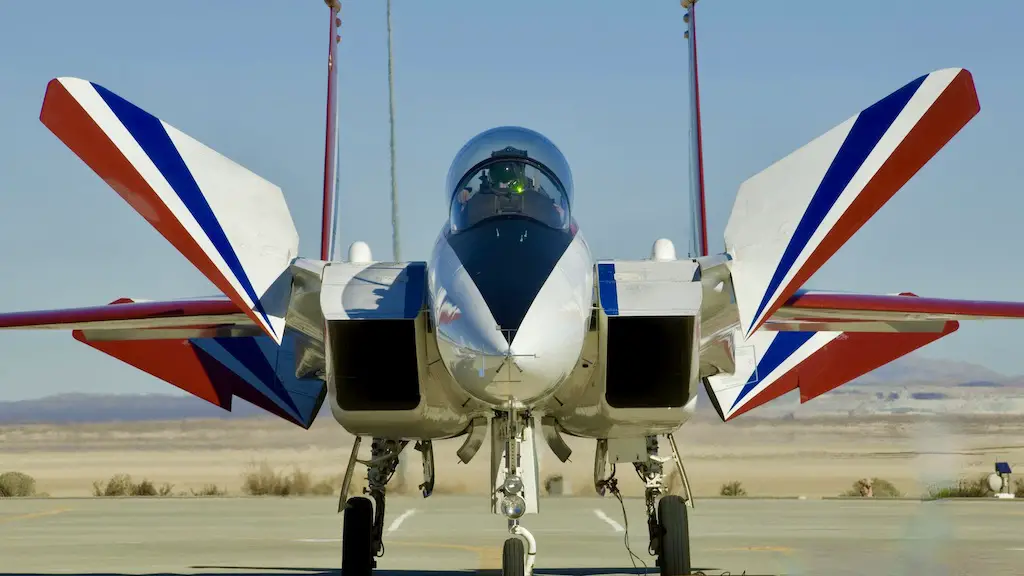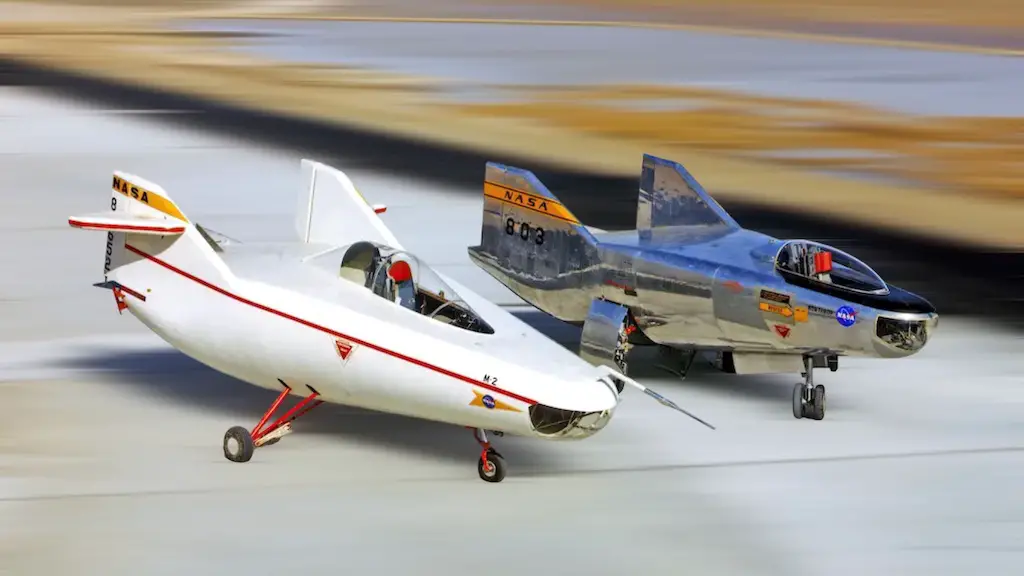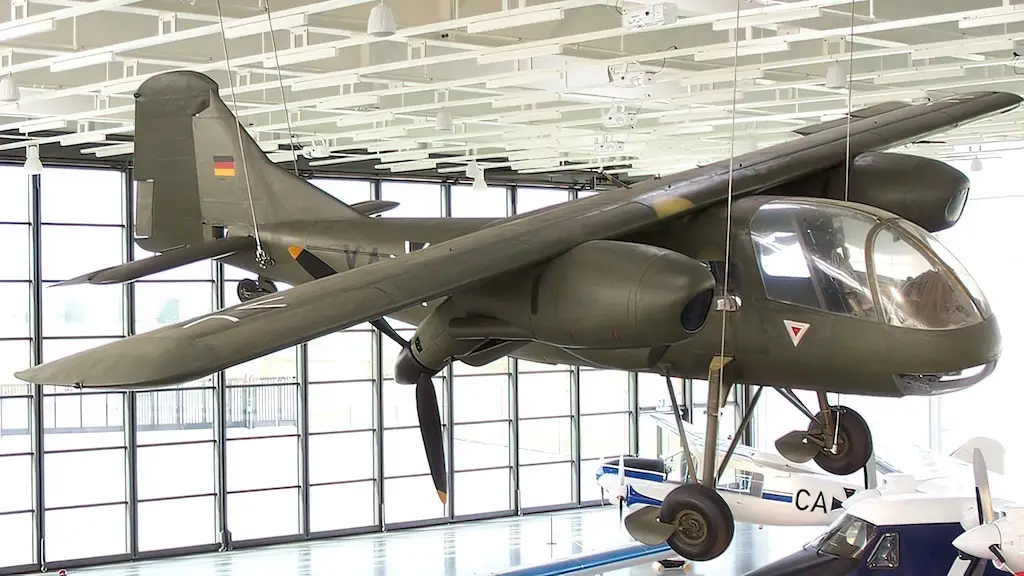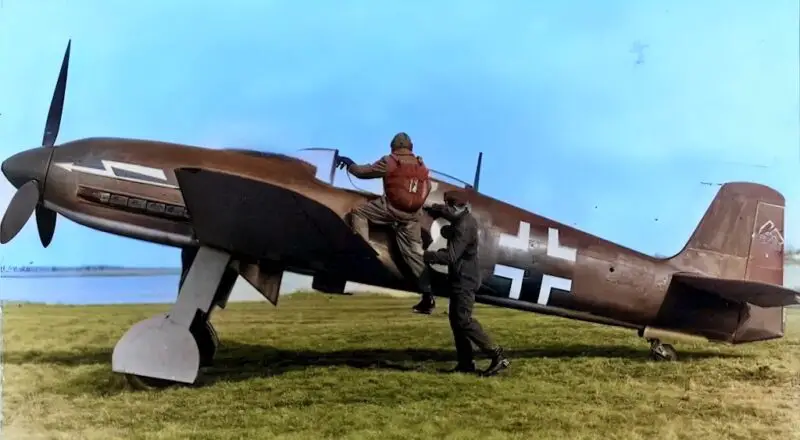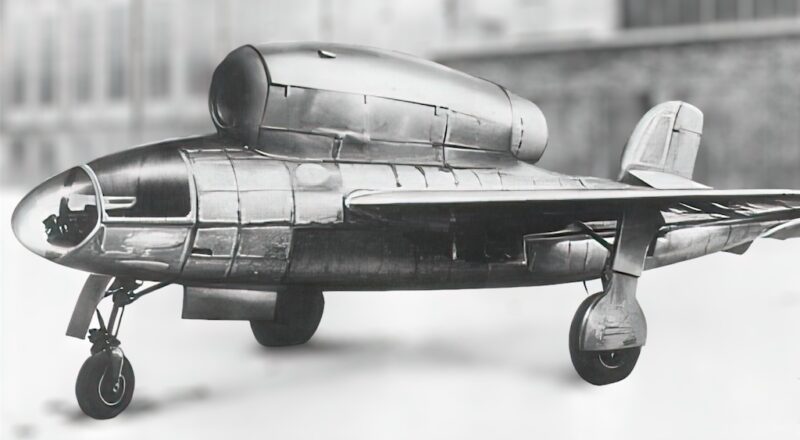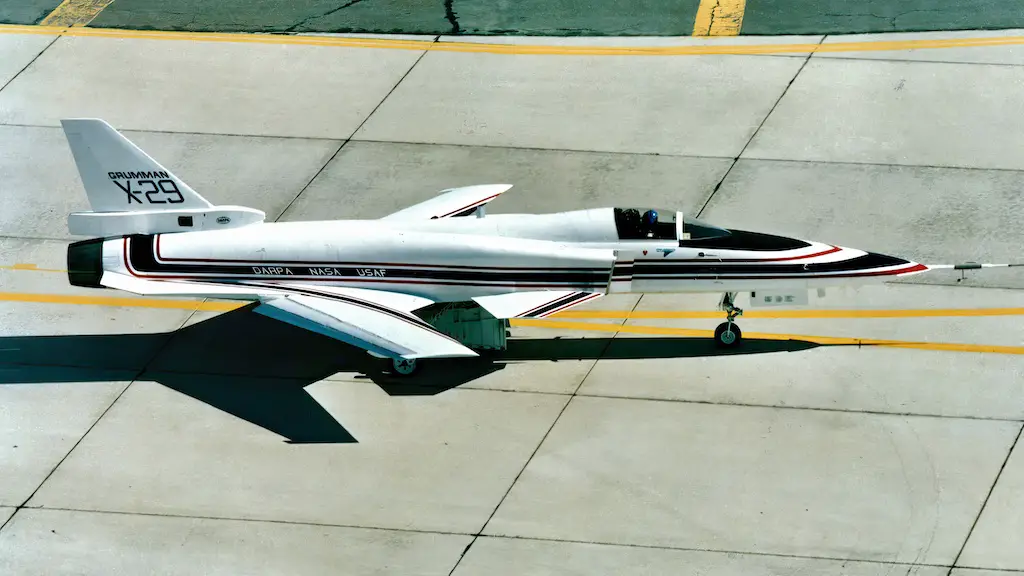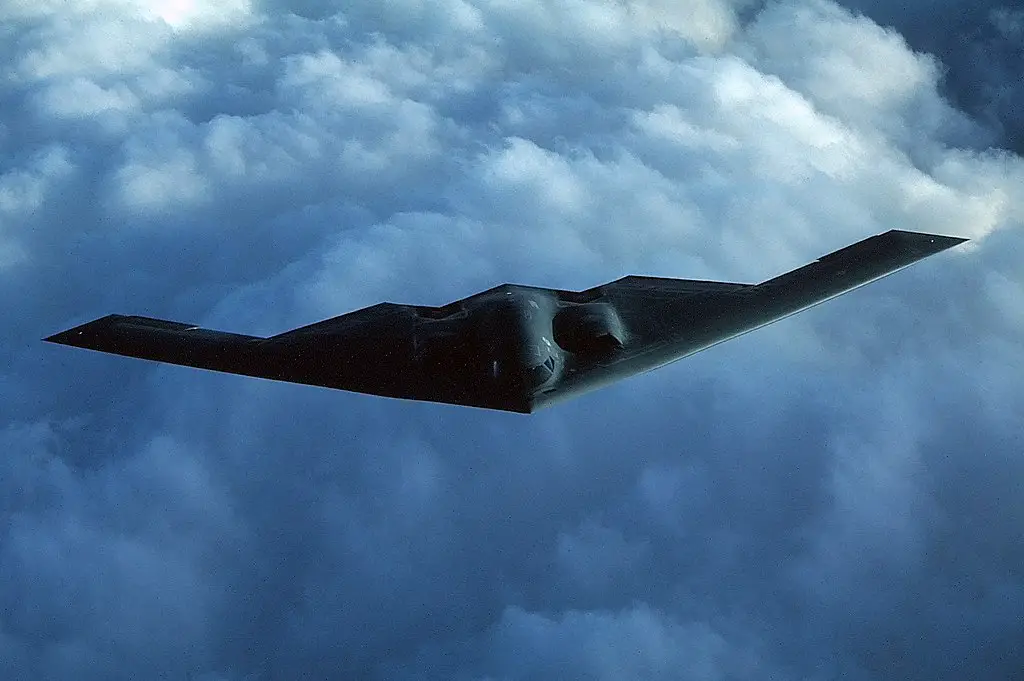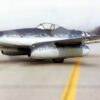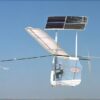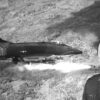The Northrop XP-56 Black Bullet, an unconventional and ambitious experimental aircraft, emerged during World War II in the United States. The Northrop Corporation designed this unique plane as a high-speed interceptor, boasting a remarkable engineering feat that pushed the boundaries of aviation technology. Although the XP-56 never entered full-scale production, it remains an intriguing piece of history and a testament to the innovative spirit of the era.
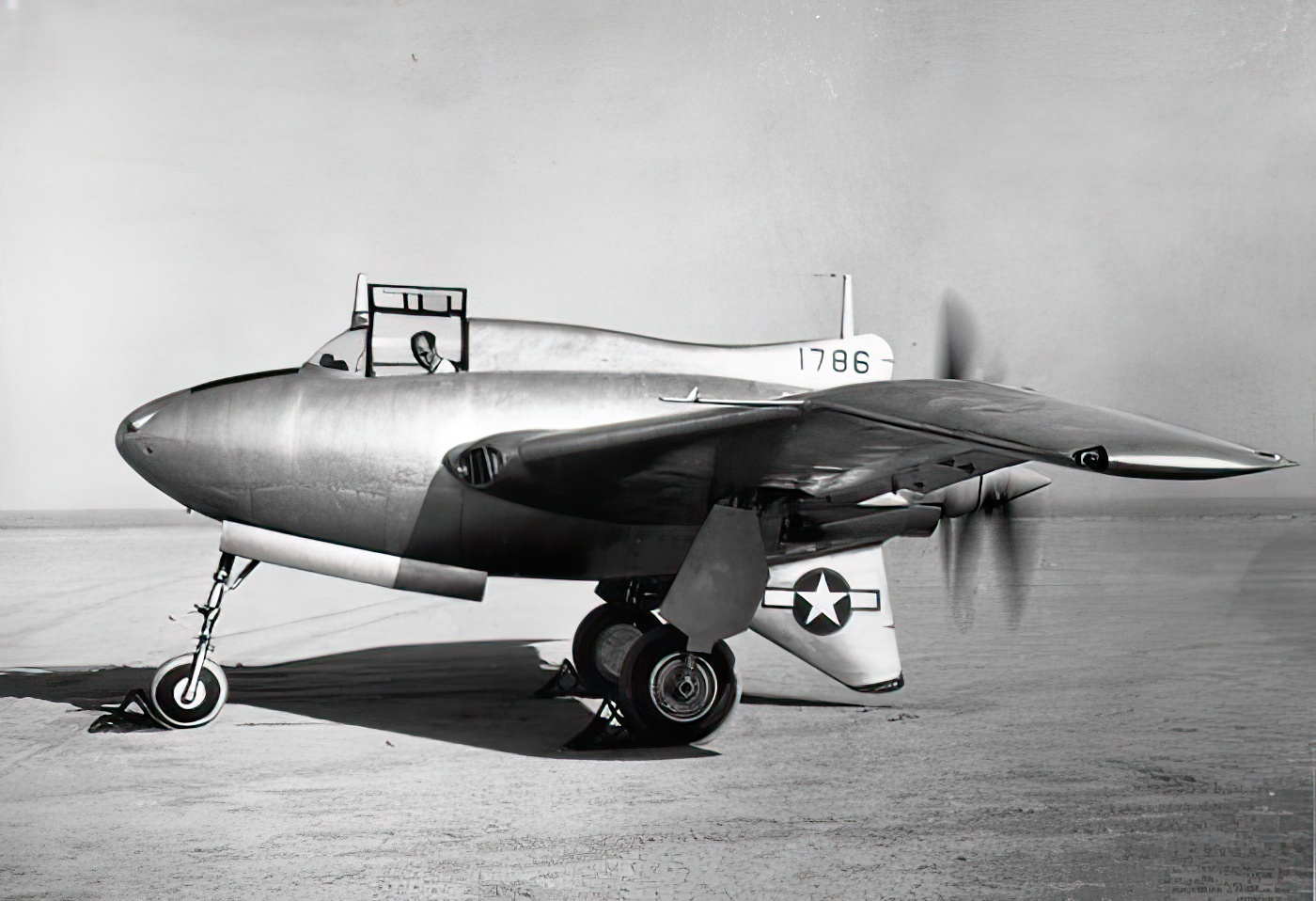
Development and Design
In response to a 1940 proposal from the United States Army Air Corps (USAAC) seeking designs for a new high-speed, heavily armed interceptor, the Northrop Corporation, founded by aviation pioneer Jack Northrop, submitted the radical XP-56 Black Bullet design. This aircraft incorporated several innovative features that distinguished it from conventional planes of the time.
The XP-56’s flying wing design was one of its most notable aspects. The absence of a conventional tail and the integration of the wings and fuselage into a single, continuous structure rendered the aircraft extremely aerodynamic. This design reduced drag, increased lift, and improved maneuverability.
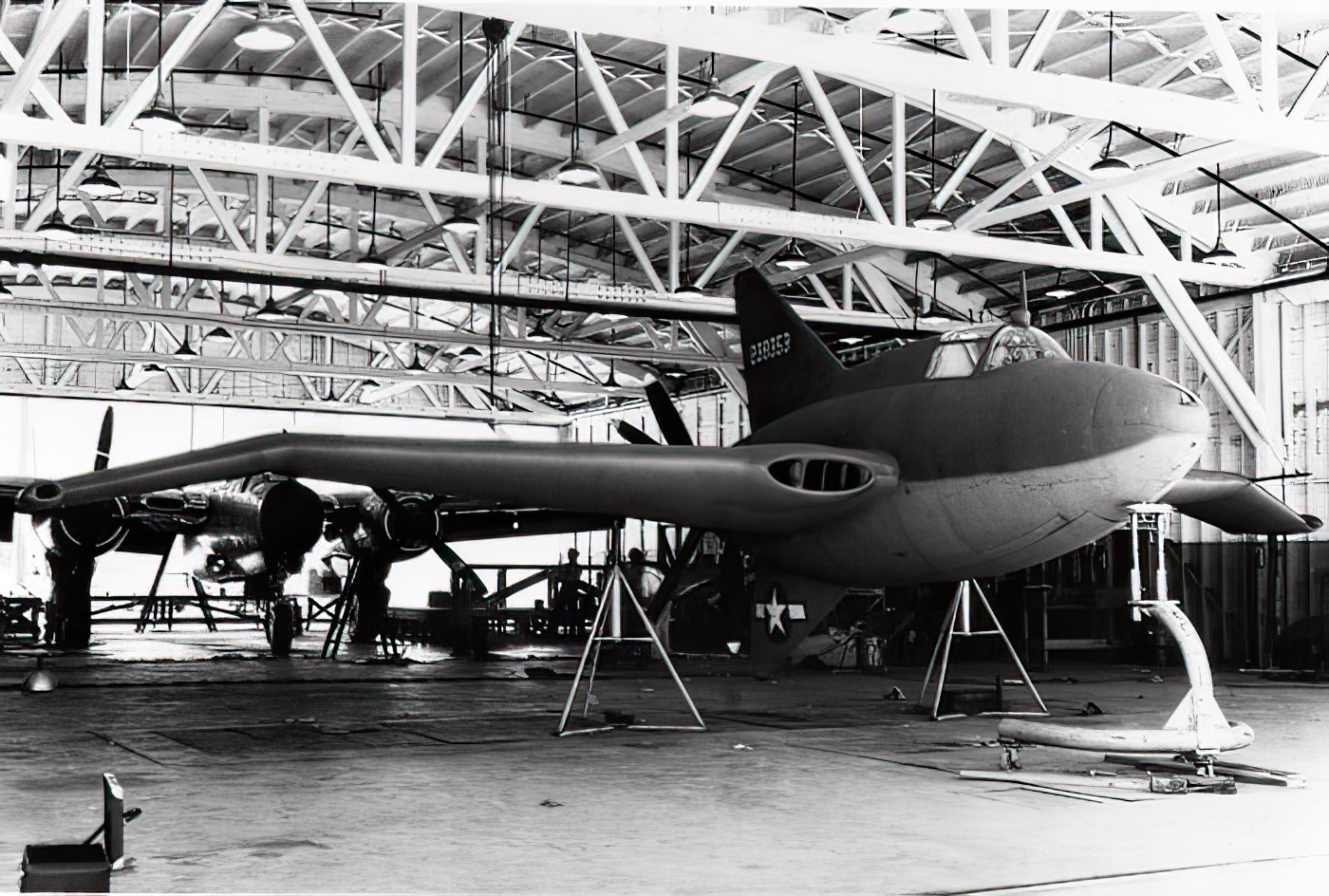
Another groundbreaking feature was the pusher propeller configuration. Instead of a traditional tractor propeller mounted on the nose of the aircraft, the XP-56 employed two counter-rotating propellers at the rear. This arrangement not only increased the thrust produced by the engine but also eliminated the torque effect, which could cause a loss of control during takeoff and landing.
The XP-56 also stood out for its extensive use of magnesium in its construction. This lightweight, strong material was ideal for achieving high speeds and reducing the overall weight of the aircraft. However, magnesium presented a significant challenge due to its flammability and the difficulties in working with the material.
Testing and Challenges
Engineers built two XP-56 prototypes, with the first taking to the skies on September 6, 1943. Initial test flights uncovered several issues, including poor stability and control, which the unconventional design of the aircraft exacerbated. Test pilots struggled with the rudder, which lacked sufficient authority to maintain control during certain flight regimes.
To address these issues, engineers made several modifications to the second prototype, including a larger vertical stabilizer, a redesigned rudder, and an upgraded Pratt & Whitney R-2800-29 engine. These improvements slightly enhanced the aircraft’s performance. However, during a test flight on October 8, 1944, the second prototype encountered a crash. Pilot John Meyers, however, successfully ejected, only sustaining minor injuries, thanks in part to his innovative decision to wear a polo player’s helmet for protection; at least, that’s what he believed saved him from serious injuries. Meyers, known for his role as a test pilot, contributed to the testing of Northrop’s pioneering designs throughout the war.
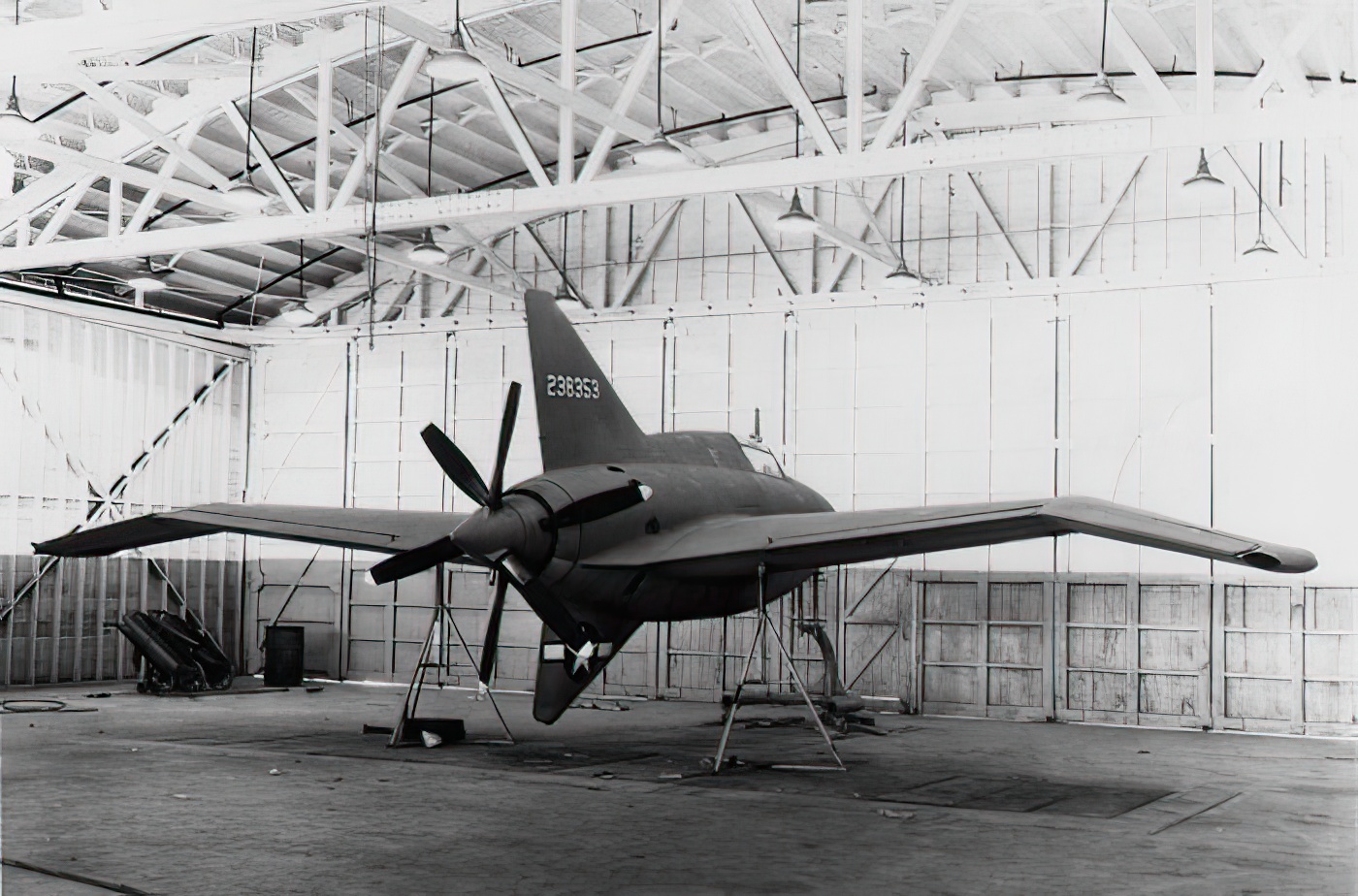
Legacy
Despite the significant challenges faced during its development and testing, the Northrop XP-56 Black Bullet serves as a bold and innovative experiment in aviation design. While it never reached full-scale production or saw combat, the XP-56’s unique features and the lessons learned from its development continue to influence future aircraft designs.
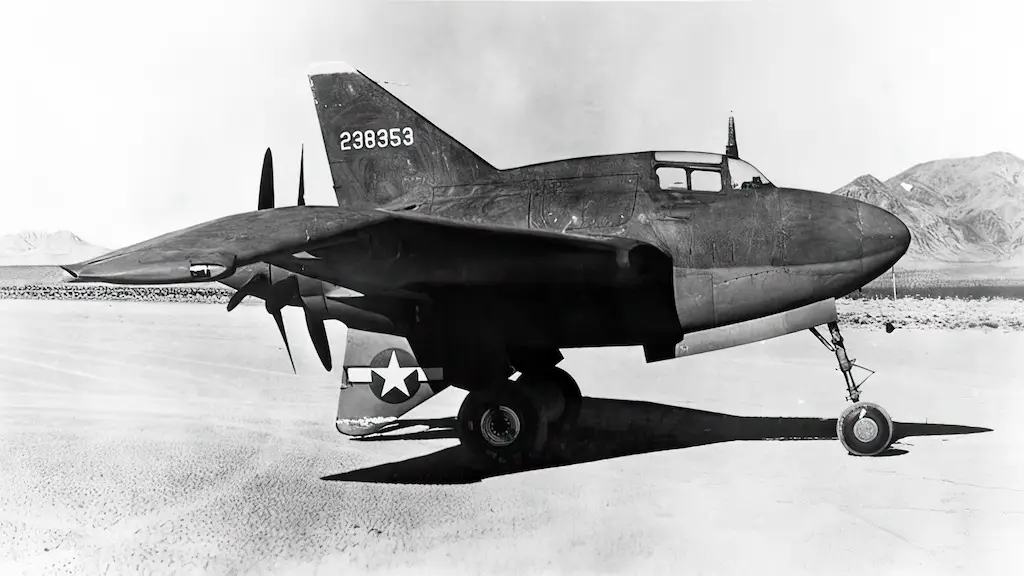
In particular, Jack Northrop’s passion for the flying wing concept materialized in the development of the Northrop B-2 Spirit stealth bomber, which incorporated many of the same principles seen in the XP-56. Additionally, other aircraft designs, such as the Piasecki H-21 helicopter and the Custer Channel Wing, further explored the pusher propeller configuration.

